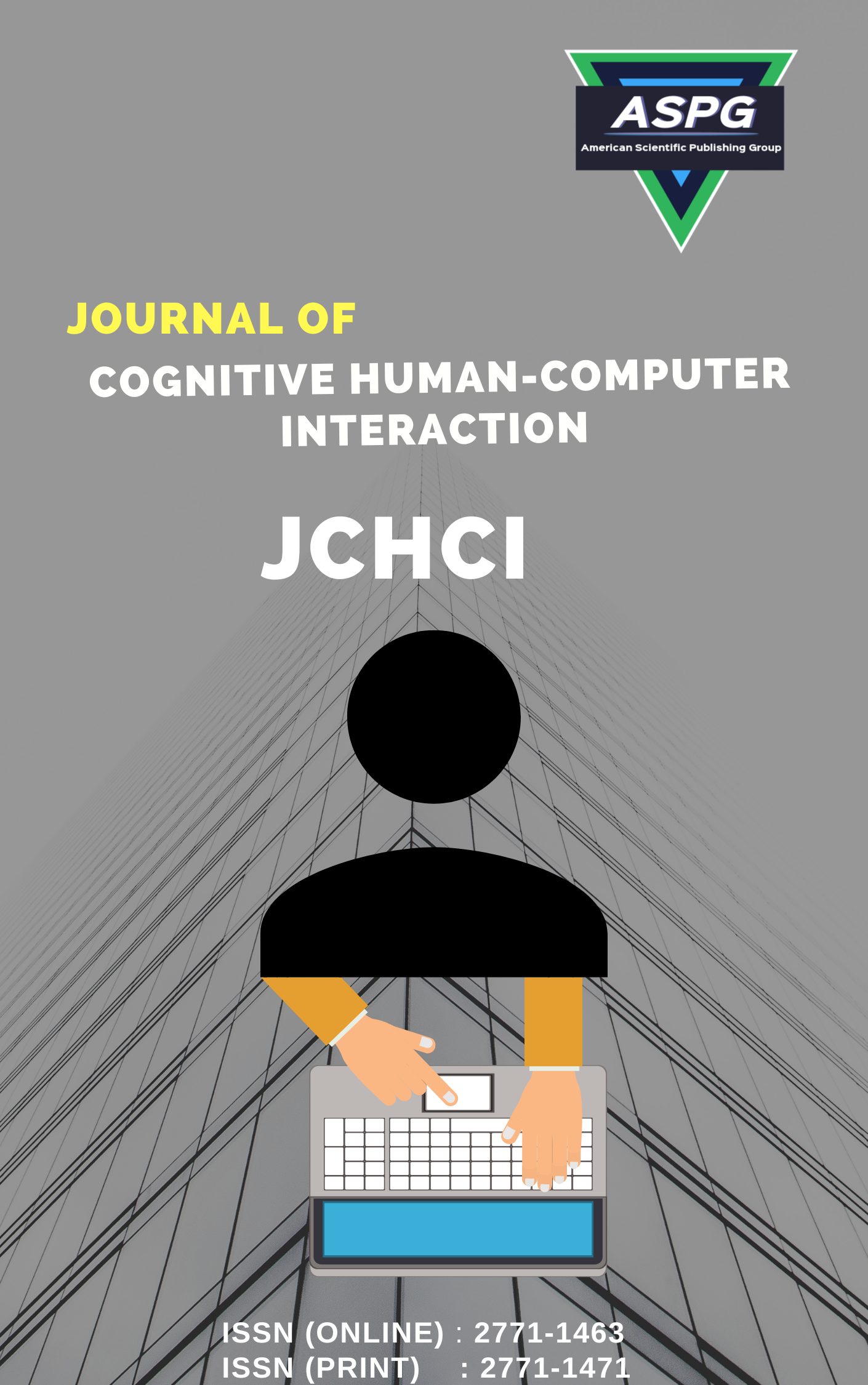

Based on the findings of leading analytics organizations, an average person living in a metropolitan city wastes around 17 hours each year by driving around trying to find a parking spot. In this paper, we will be attempting to solve this problem by using a microcontroller module and IR sensors that work in tandem with an IoT (Internet of Things) system. The prototype consists of a NodeMCU ESP8266 wifi module with a built-in microcontroller and 5 IR sensors. The microcontroller module receives the data gathered by the 5 IR sensors, two of which are placed at the entrance and exit gates while the other three are placed at the respective parking spots to detect whether that spot is occupied or not. The microcontroller module then uploads the received data to the IoT system which then uses the data to guide the driver to a free parking spot. When implementing this concept, we find that the driver experiences a much less tedious and much more time-efficient process when parking his/her vehicle.
Read MoreDoi: https://doi.org/10.54216/JCHCI.030201
Vol. 3 Issue. 2 PP. 08-15, (2022)
In an automation world everything gets connect to the internet using the cloud, IoT, and various techniques but it does not reach up to the mark. In a transformer, the efficiency can improve by various methods but the greatest challenge is still continuous which includes fault analysis and energy saving so there is an ideal solution to that greatest challenge using automation, cloud computing, andmachinelearning.
Read MoreDoi: https://doi.org/10.54216/JCHCI.030202
Vol. 3 Issue. 2 PP. 16-20, (2022)
The main purpose of the planned system is to develop a system which can intelligently recommend crop and suggest required measures to farmers for their profitable income. For this purpose, machine learning algorithms are used. The main goal of these systems is to achieve maximum yield rate of crop using land resource. In this system, the farmer / beginner will classify and predict the crop cultivation based on their weather, monsoon and soil type along with their pH level. Forclassification we have used the K-Means algorithm for the choosing crop, the cultivation process is recommended in the form of text. During the cultivation of crops, the fertilizers, insecticides and fungicides are recommended using Machine Learning Technique. The system also predicts the name of disease and its remedies if leaf of crop is diseased .Finally, using this system the farmers will have a well guided approach to begin with farming.The pandemic has affected a lot of fields around the world. One of them is the agricultural sector. Many farmers in the urban as well as the rural parts of India were not able to earn their profile in spite of having good production. This system would eliminate these worries. All the information needed can be accessed online.
Read MoreDoi: https://doi.org/10.54216/JCHCI.030203
Vol. 3 Issue. 2 PP. 21-25, (2022)
When the primary power source fails, a backup power system is employed to provide electricity. This system is critical since any operation requires an uninterruptible power source. Batteries and generators that run on diesel, propane, or gasoline are currently used as backup systems. Power system blackouts occur on a frequent basis all around the world, indicating that the structure of power system protection needs to be enhanced. The existing precautions in the event of a disruption may not always allow for the localization of an emergency and subsequent self-restoration of normal operation conditions without personal input. The research direction was chosen based on the foregoing issues, presenting novel concepts and methods for preventing system blackouts and restoring normal operating conditions without the involvement of staff. Taking into account the above considerations the research direction was chosen, proposing new concept and solutions for prevention of the system blackouts and the resumption of normal operating conditions without staff participation. The inclusion of a centralized component in this structure ensures that hierarchical operating rules are followed at a higher level.
Read MoreDoi: https://doi.org/10.54216/JCHCI.030204
Vol. 3 Issue. 2 PP. 26-35, (2022)
Visual aids can be used to visualize different concepts in computer science. Algorithm recognition has been a major theme for Computer Science education for years, but it has not reached schools / teaching halls as a major educational tool. The Graph Algo Visualizer is based on the Design & Analysis of Graph Algorithms. It is a Visualizer that helps to understand and evaluate the working & efficiency of Graph Algorithms easily as compared to the naïve approach of understanding algorithms through code.
Read MoreDoi: https://doi.org/10.54216/JCHCI.030205
Vol. 3 Issue. 2 PP. 36-41, (2022)